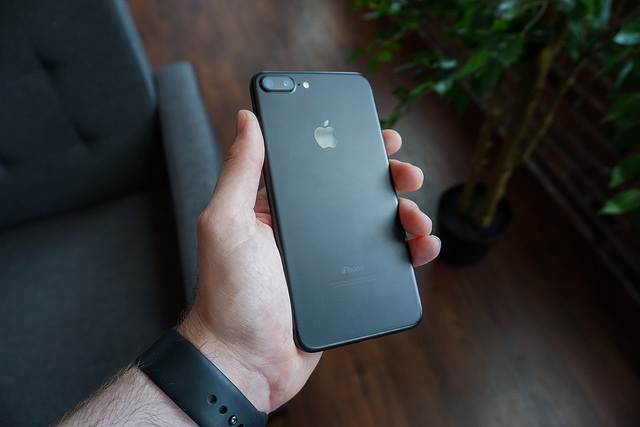The newly launched PAYG program, an initiative that aims to provide safe and affordable off-grid energy and lighting solutions to Afghan citizens not connected to the national power utility network, is the most recent example of how Afghan Wireless Communications Company (AWCC) is using mobile money to help enhance the lives of underserved Afghans. Participants in the program are able to make payments for their PAYG energy and lighting system through AWCC’s My Money program, which is currently the largest mobile payments platform in Afghanistan. As a result, Afghans who need access to off-grid energy options are no longer impeded by the lack of a bank account.
In recent years, mobile money programs such as My Money and PAYG have emerged as an important transformative force in developing economies, promoting financial access and inclusion for millions of previously “unbanked” people. According to a report from the GSM Association, as of 2017, the mobile money industry was processing more than 1 billion dollars a day. Today, there’s little question that mobile money-powered programs have cemented their role as a critical tool for delivering essential services, empowering underserved people, and fighting extreme poverty.
As mobile money programs become more popular and more varied, financial experts have been looking carefully at the particular elements that the most successful of these initiatives share. Understanding what makes them succeed can help prospective program operators increase their chances of developing an effective service.
Read on for some of the factors that contribute to a successful mobile money program:
The right regulatory environment

It’s not an exaggeration to say that a mobile money program lives or dies depending on the regulatory environment in which it is launched. Therefore, prospective program operators should plan to reach out to regulators early to get feedback. Ideally, regulators will have an open mind and be ready to establish more flexible guidelines that encourage experimentation before developing more specific rules. It’s all a question of balance—regulations that are too loose can cause confusion, while regulations that are too strict can suppress innovation and limit progress.
Affordable services
Experts urge mobile operators to think carefully about what kind of fees to charge for financial transactions and other mobile money services. Many mobile money programs start out as no cost to users as a way to demonstrate value and drive adoption. In these cases, it’s important for companies to be ready to invest significant capital in a mobile money program, as a new service may not become profitable until it can be scaled up. (Research suggests that mobile money services tend to break even after three to four years and become profitable after five or more.)
Agent buy-in
For the successful deployment and growth of a mobile money initiative, real-world non-digital agents are a critical element. These employees need to be treated well, and they should be encouraged through financial and other incentives to become strongly invested in the success of the service. This is especially important given that agents are busy selling other goods in store—they need a good reason why prioritizing the mobile money service is worth it for them.
An easy registration process

The more hoops that customers must jump through to sign up for a mobile money service, the less likely they will be to go through with it (or the more likely they will be to prefer agent-based transactions rather than using a digital wallet). The registration process for a new initiative must, therefore, be as simple and straightforward as possible. Many experts recommend the use of a tiered system, with very minimum requirements (in terms of identification and personal information) for a basic service and additional verification for higher tiers offering more services.
Earned consumer trust
Building consumer trust can be a tough challenge in developing economies where potential customers may be resistant to the idea of holding onto their money electronically rather than physically. Mobile money operators need to do all they can to build trust into their technology, whether that means by showing that transactions have been completed or by explaining the security measures that keep a customer’s money safe.
Simple, targeted products
Perhaps the most important element of a successful mobile money program is the product or service itself. The best mobile money programs address a specific problem, have a targeted customer base in mind, and use clear and simple marketing messages to help drive adoption.
The PAYG program is a good example of how these points work in practice—it has the specific goal of providing solutions for Afghans who don’t have access to grid power, it targets lower-income households in rural areas, and it works with strategic partners to build customer awareness through effective marketing.
The critical lesson here is that there is no one-size-fits-all approach for mobile money offerings, particularly in emerging markets. Operators must look carefully at the circumstances of their target market and properly determine the value of the mobile money service they want to offer to that particular economy.

